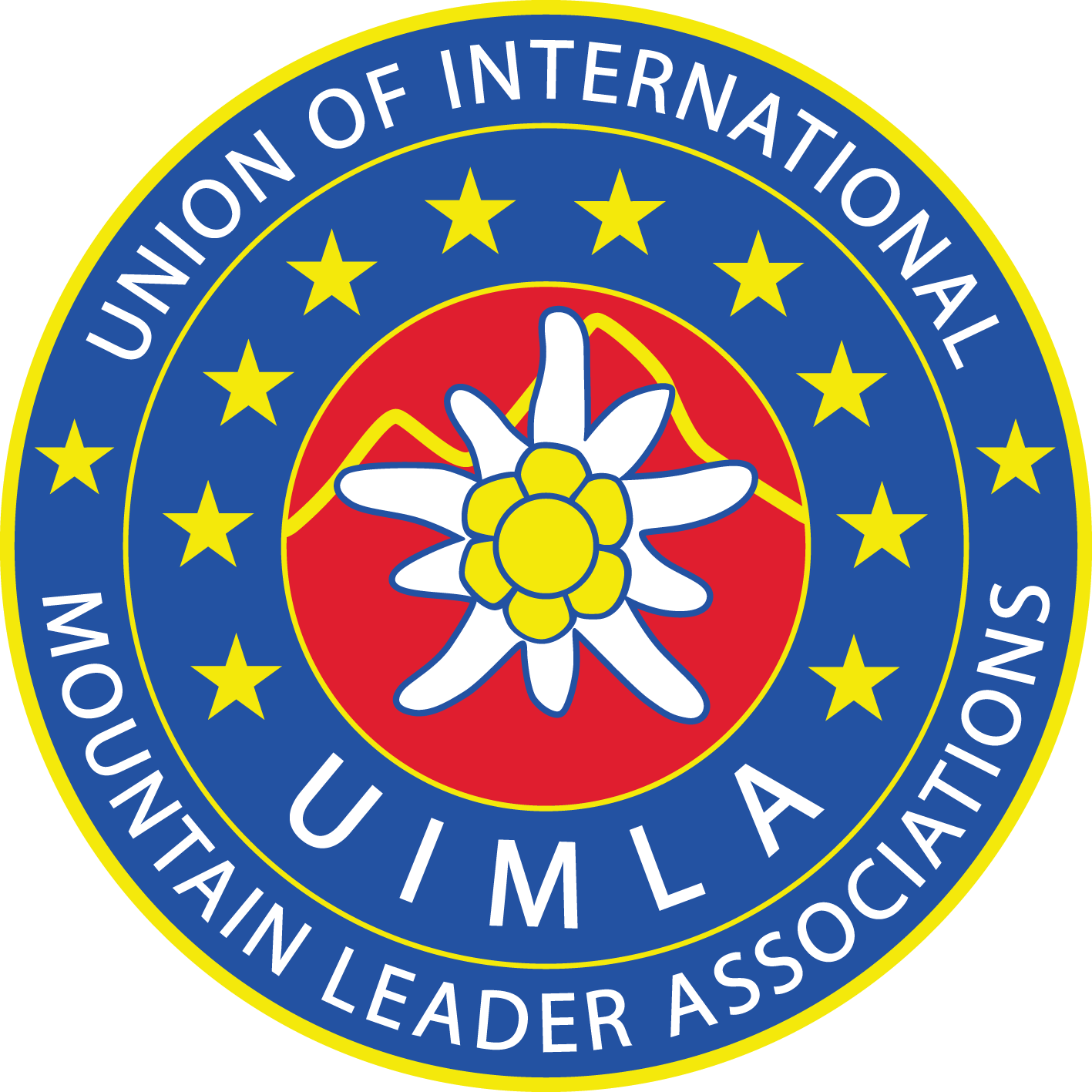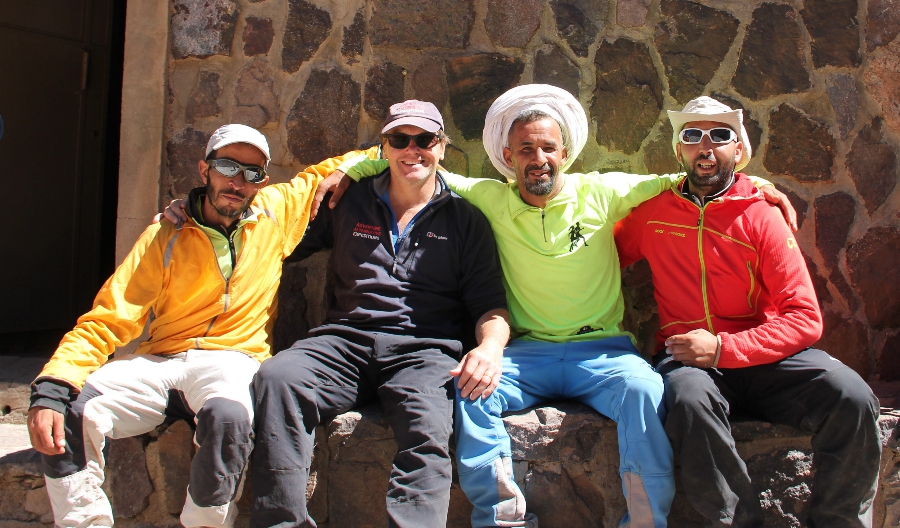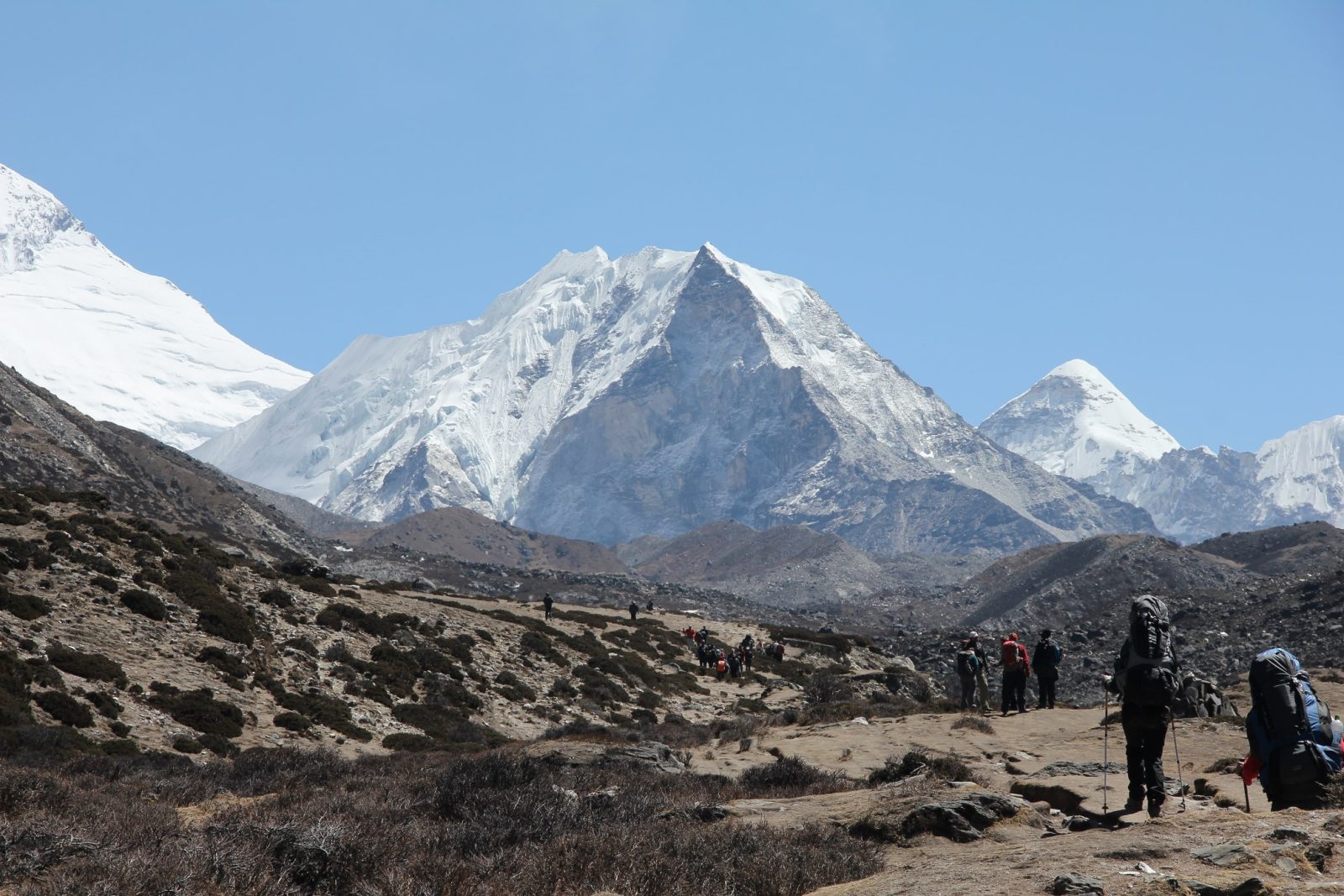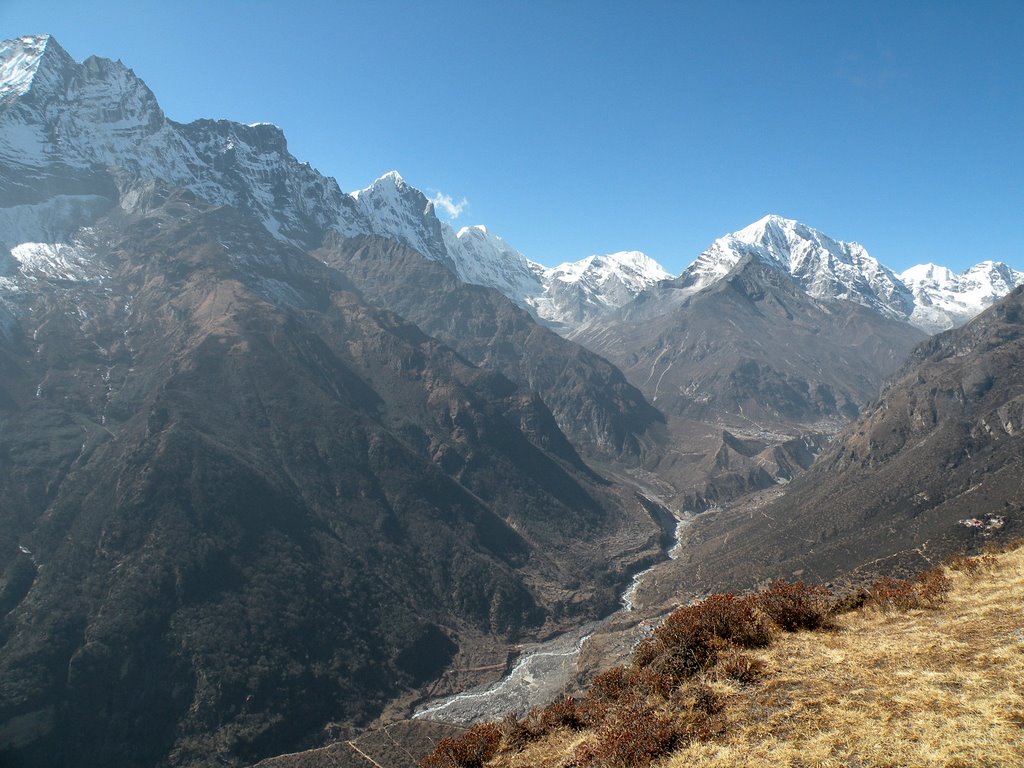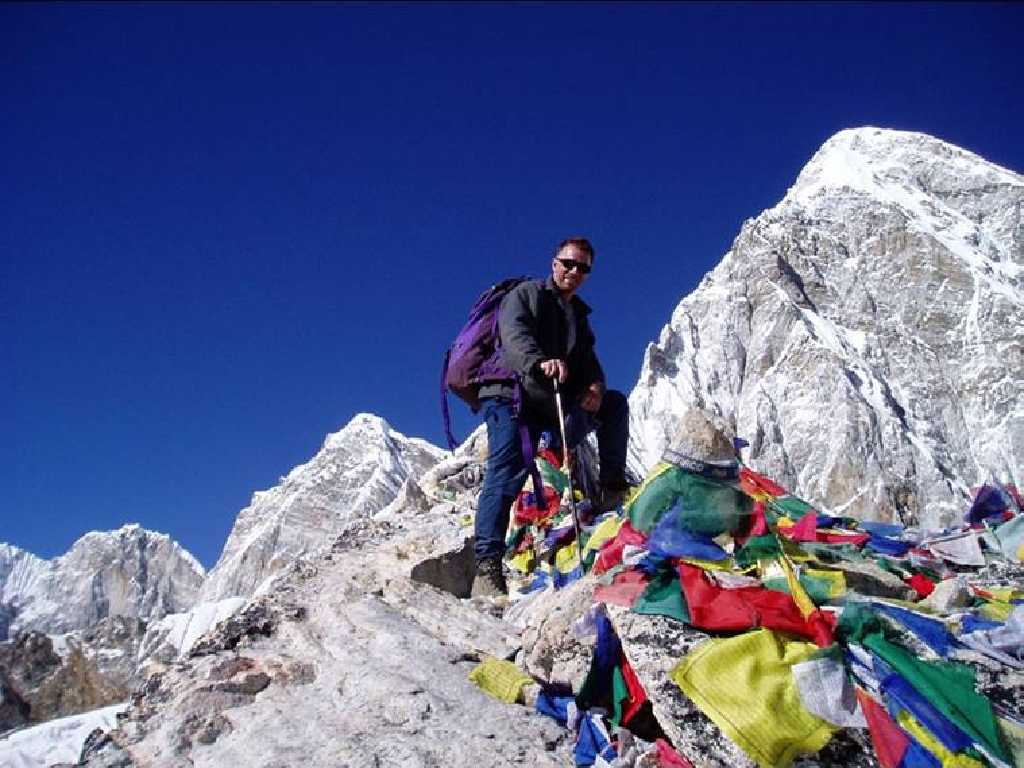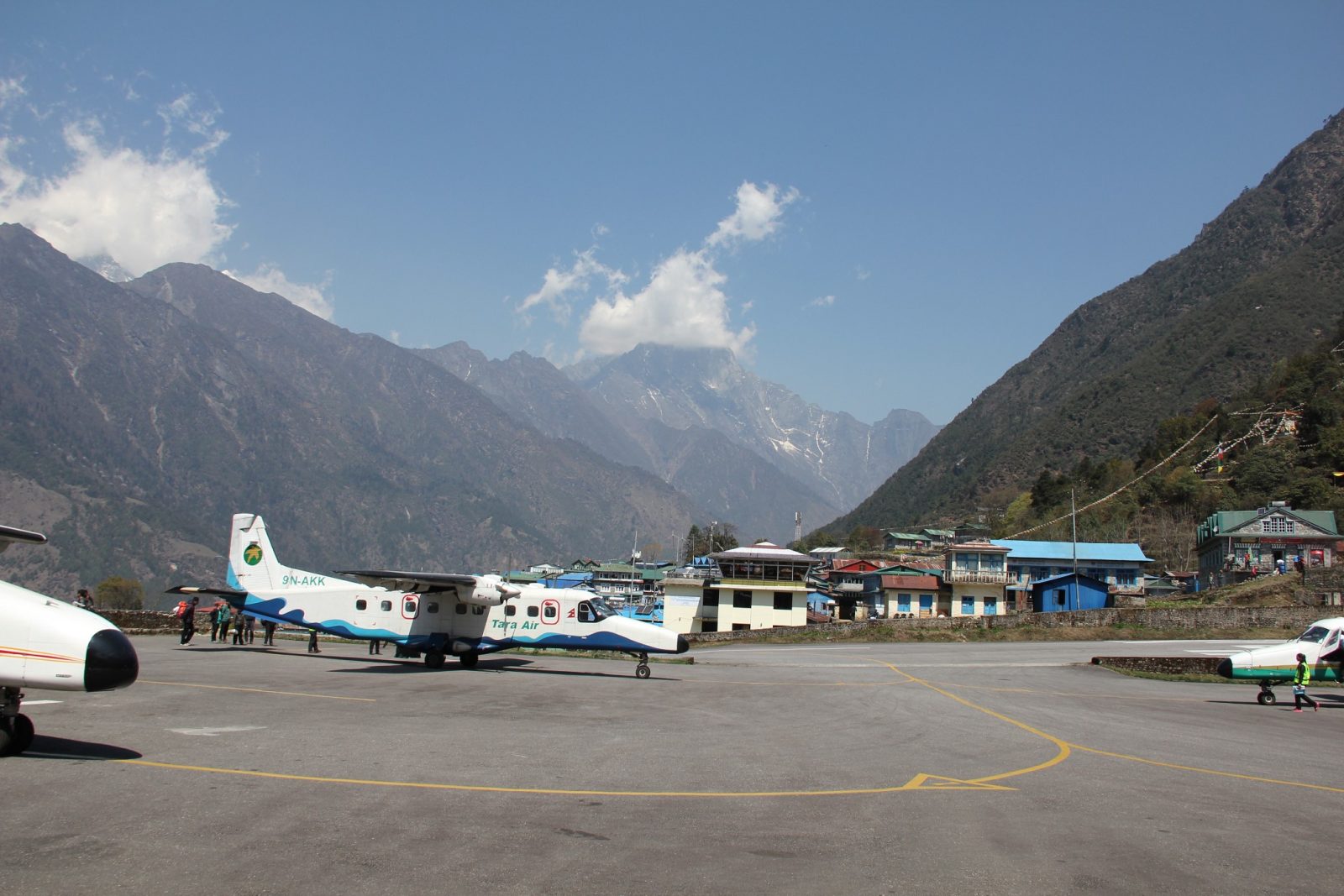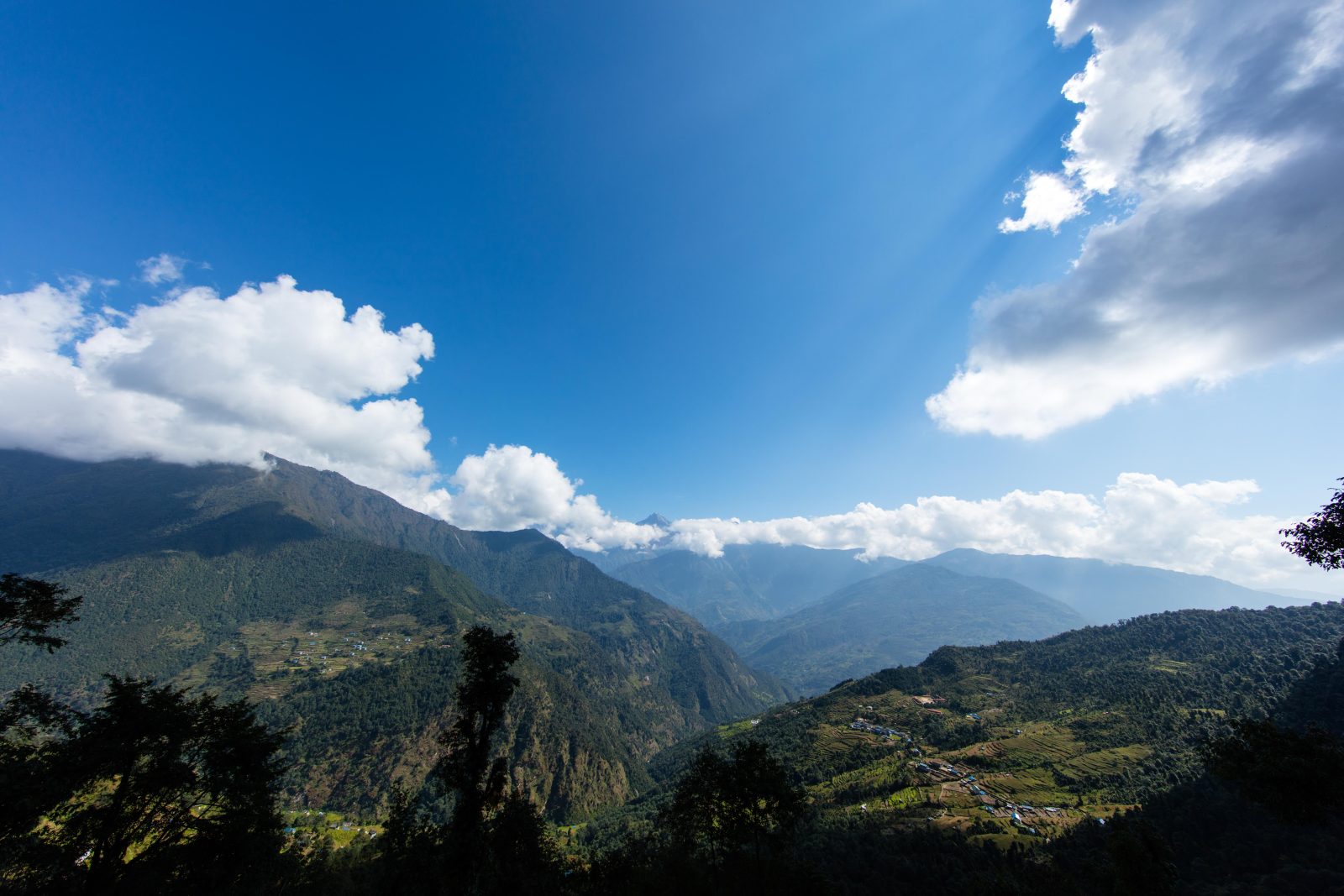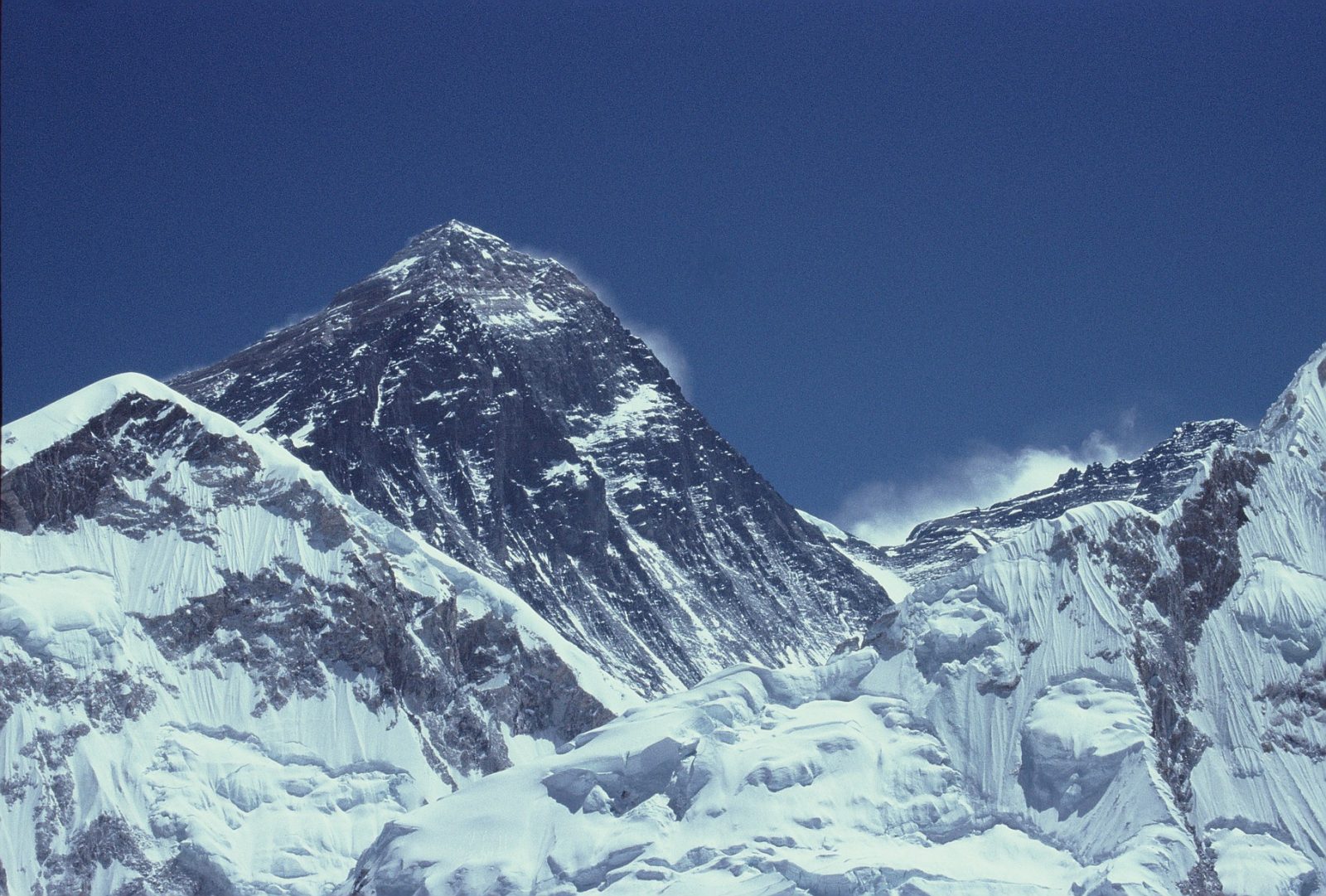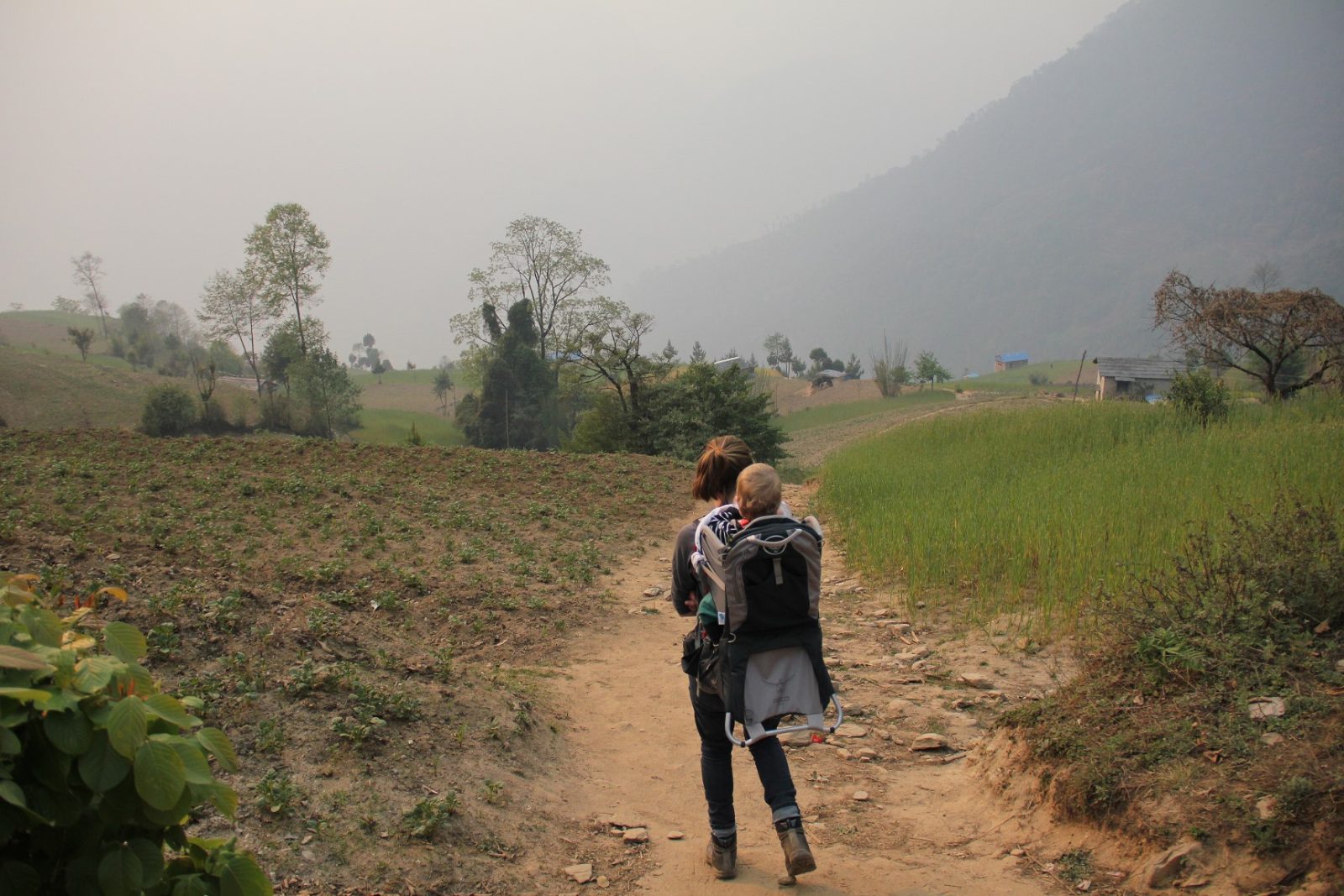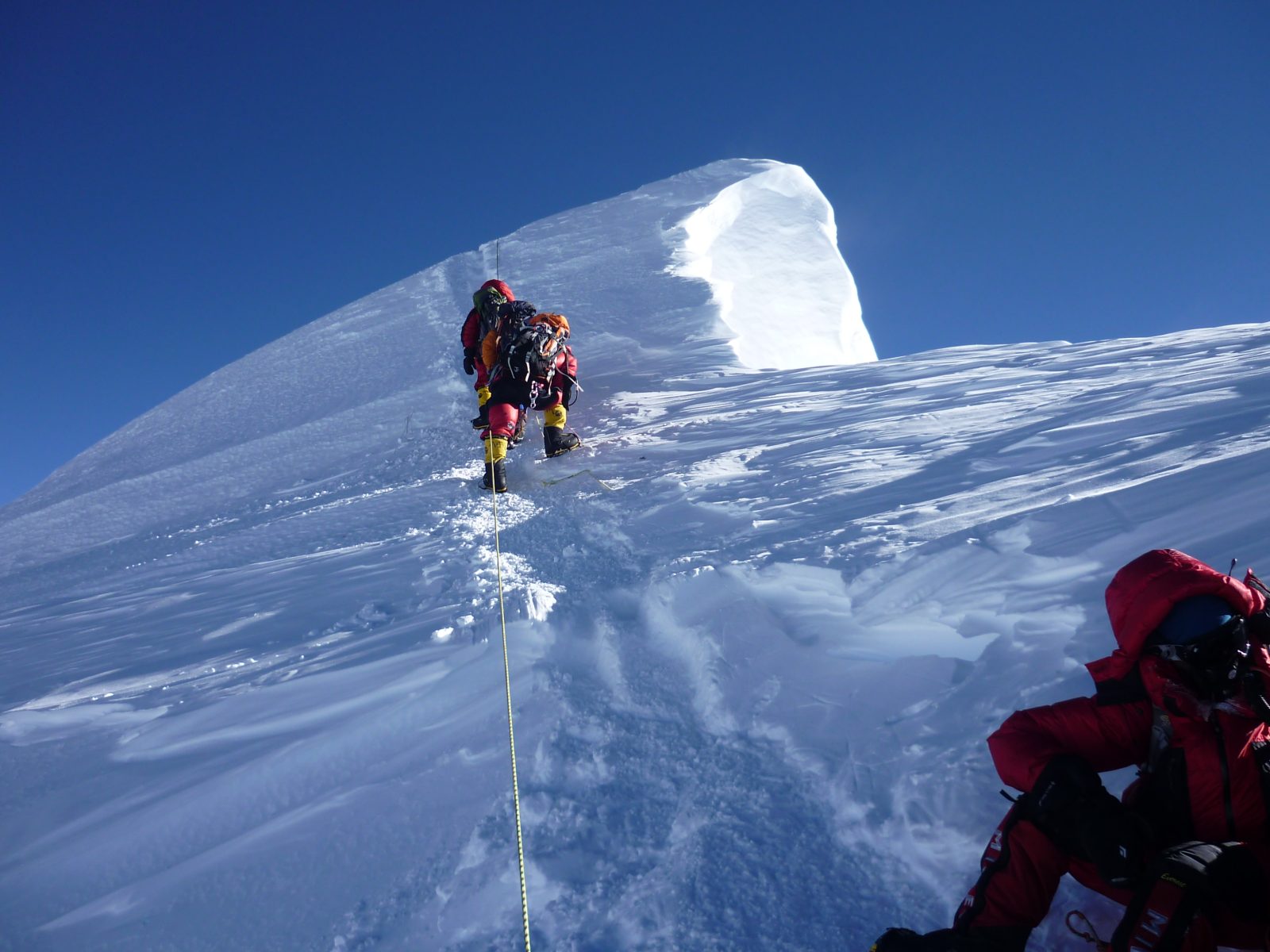
Climb Mount Everest, 8848m
We provide a complete service prior to the expedition which includes mentoring on pre-trip training and other climbs, kit advice and managing a safe acclimatisation programme over a period of time in order to build up the necessary experience and test ability and metabolic response to being at high altitude.
Preparation for an Everest Climb
During preparation, we look at specific challenges facing the aspirant Everest climber, including using fixed lines, using supplementary oxygen, campcraft on ice and in exposed locations, maintaining good health at high altitude for long periods, mental preparation and teamwork.
Despite being the highest, Everest is not the most difficult of the 8000 metre peaks, but it does present certain unique challenges. Preparation and planning is a big part of the journey for any member of our team.
What Our Adventurers Think:
Just a short note to thank you all very much for helping organise such a great elective. I am just back from Kathmandu and an Everest Base Camp trek having had an awesome time – the hospital was really great with the Unit 2A General Surgery team really friendly, also loads of other students from all over europe a big plus!
The trek was great and the views breathtaking we were really lucky…. Now am back to London and the reality – trying to adjust to being a final year already!
Mount Everest Itinerary
Mount Everest is a 10 week expedition in total, with 2 weeks trekking time and 8 weeks climbing period. Do not expect to go home after climbing Everest and step back into normal life though, it can take weeks and even months to recuperate fully, both physically and mentally.
We work to an agreed principle of reaching specific heights and sleeping at certain camps in a structured fashion over an eight week period having reached base camp, allowing for both stocking the camps and an optimal time for acclimatisation. The programme for climbing members is determined in large part by the schedule of stocking camps, which in turn is determined by weather and allowing for enough rest breaks. Any experienced climber will understand this policy and be comfortable fitting in with the flexibility.

